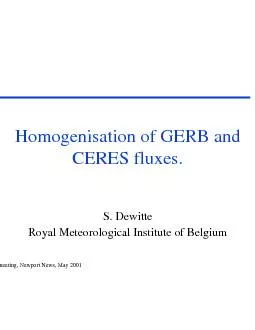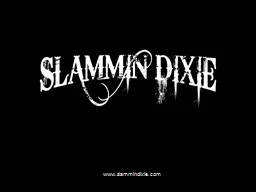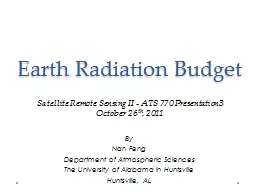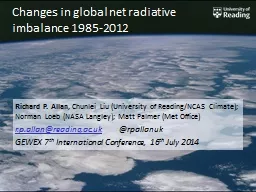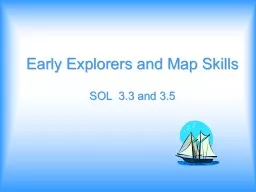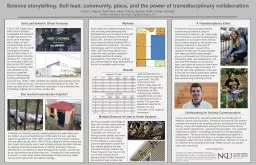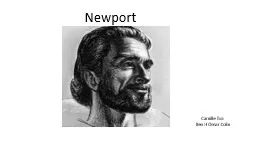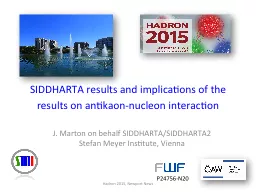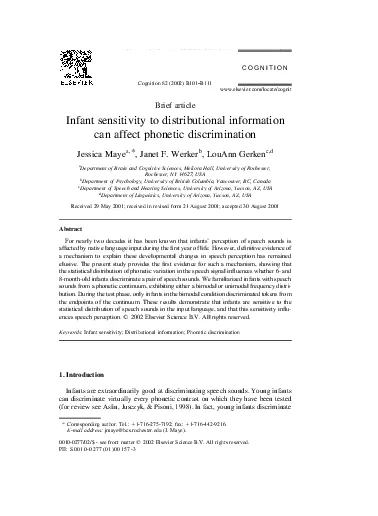PDF-CERES meeting, Newport News, May 2001
Author : myesha-ticknor | Published Date : 2017-01-06
Homogenisation of GERB andCERES fluxesS DewitteRoyal Meteorological Institute of Belgium CERES meeting Newport News May 2001 Overviewu0 Context Climate Monitoring
Presentation Embed Code
Download Presentation
Download Presentation The PPT/PDF document "CERES meeting, Newport News, May 2001" is the property of its rightful owner. Permission is granted to download and print the materials on this website for personal, non-commercial use only, and to display it on your personal computer provided you do not modify the materials and that you retain all copyright notices contained in the materials. By downloading content from our website, you accept the terms of this agreement.
CERES meeting, Newport News, May 2001: Transcript
Download Rules Of Document
"CERES meeting, Newport News, May 2001"The content belongs to its owner. You may download and print it for personal use, without modification, and keep all copyright notices. By downloading, you agree to these terms.
Related Documents

